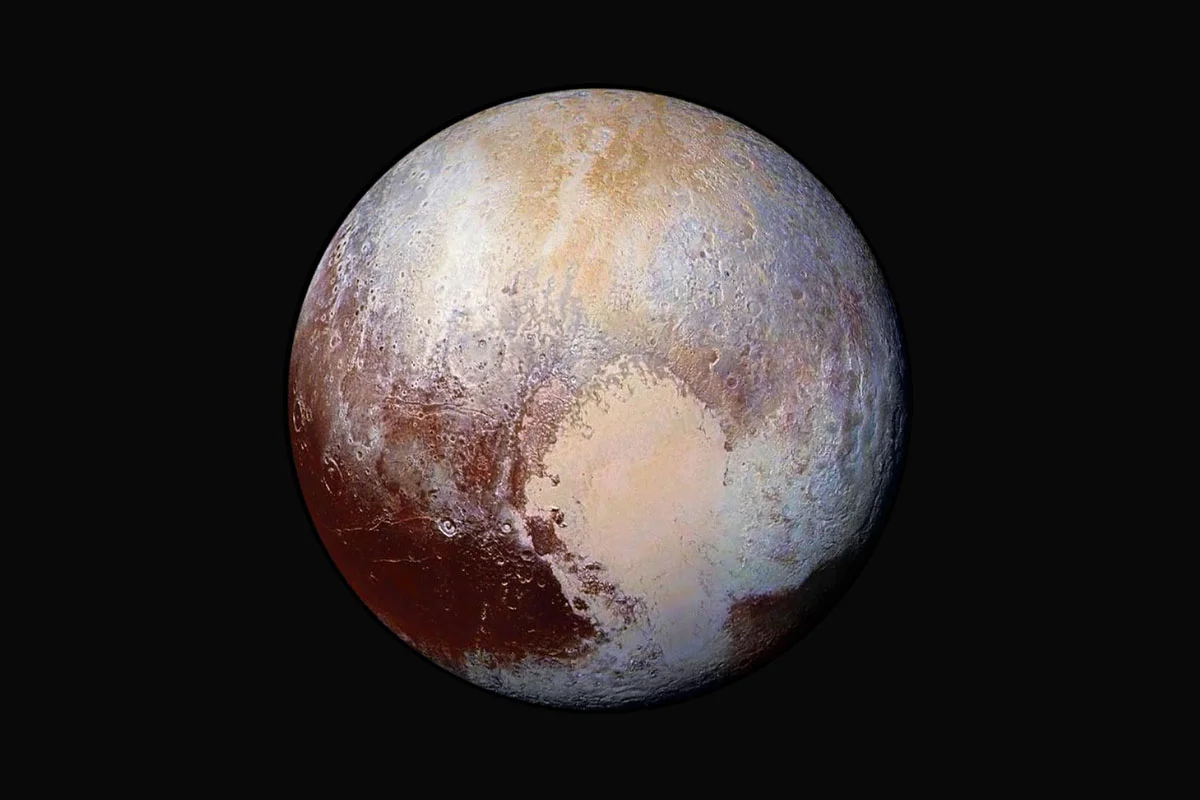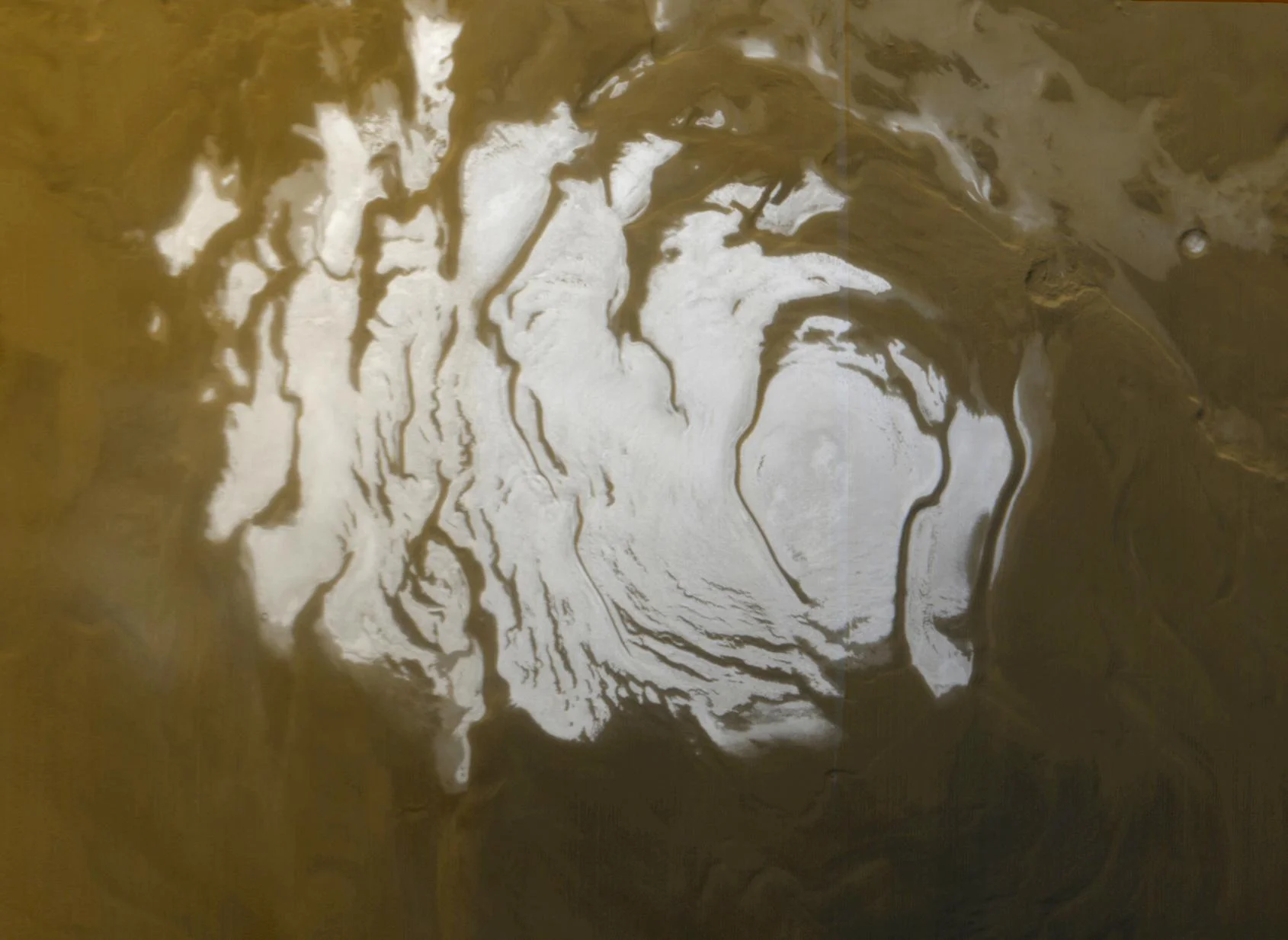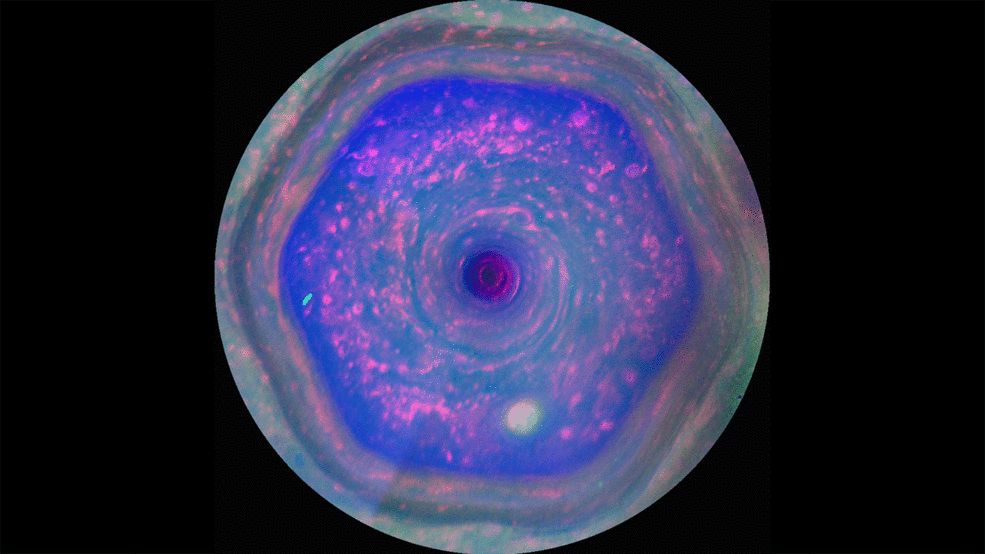In 2006, during their 26th General Assembly, the International Astronomic Union (IAU) passed a resolution to adopt a formal definition for the term “planet”. According to this definition, bodies that orbit the Sun, are spherical, do not orbit other bodies, and have cleared their orbits were designated planets. Pluto, and other such bodies that did not meet all of these requirements, would thereafter be designated as “dwarf planets”.
How to detect a sinkhole – before it swallows you up
Massive solar and wind farms could bring vegetation back to the Sahara
Switching from fossil fuels to renewable energy is an important and necessary step towards averting climate change. However, in our efforts to go green, we also need to be mindful of other consequences, both intended and unintended – and that includes how a mass deployment of renewable technology might affect its surrounding climate.
How animals went from single cells to over 30 different body types
Whilst this planet has gone cycling on according to the fixed law of gravity, from so simple a beginning endless forms most beautiful and most wonderful have been, and are being, evolved. So wrote Charles Darwin, in his On the Origin of Species. The origin and evolution of animals is one of the most fascinating questions in modern biology.
Europan Space Whales Anyone? Planets Covered by Deep Oceans Can Still Have Life on Them
In recent decades, astronomers have discovered many planets that they believe are “Earth-like” in nature, meaning that they appear to be terrestrial (i.e. rocky) and orbit their stars at the right distance to support the existence of liquid water on their surfaces. Unfortunately, recent research has indicated that many of these planets may in fact be “water worlds“, where water makes up a significant proportion of the planet’s mass.
What on Earth could live in a salt water lake on Mars? An expert explains
Tantalizing new evidence has suggested that there may be a salty lake below a glacier on Mars. While brine at freezing temperatures does not sound like the most hospitable of environments, it is difficult to resist pondering whether organic life could survive – or even make some kind of living – there
Saturn's Famous Hexagon May Tower Above the Clouds
How the next generation of ground-based super-telescopes will directly observe exoplanets
Over the past few decades, the number of extra-solar planets that have been detected and confirmed has grown exponentially. At present, the existence of 3,778 exoplanets have been confirmed in 2,818 planetary systems, with an additional 2,737 candidates awaiting confirmation. With this volume of planets available for study, the focus of exoplanet research has started to shift from detection towards characterization.
Health Check: what are nightshade vegetables and are they bad for you?
Hubble observes energetic lightshow at Saturn’s north pole
Astronomers using the NASA/ESA Hubble Space telescope have taken a series of spectacular images featuring the fluttering auroras at the north pole of Saturn. The observations were taken in ultraviolet light and the resulting images provide astronomers with the most comprehensive picture so far of Saturn’s northern aurora.
Telescope pierces into one of the biggest nebulae in the milky way to reveal its newly forming (and nearly dying) stars
Located about 7500 light-years from Earth, in the constellation of Carina, lies a star-forming region known as the Carina Nebula. This dynamic, evolving cloud of interstellar gas and dust measures about 300 light-years in diameter and is one of the Milky Way’s largest star-forming regions. It is also an exercise in contrasts, consisting of bright regions of gas illuminated by intense stellar radiation and dark pillars of dust that obscure star formation.
Math shows how DNA twists, turns and unzips
Building bricks on the moon from lunar dust
In the coming decades, many space agencies hope to conduct crewed missions to the Moon and even establish outposts there. In fact, between NASA, the European Space Agency (ESA), Roscosmos, and the Indian and Chinese space agencies, there are no shortages of plans to construct lunar bases and settlements. These will not only establish a human presence on the Moon, but facilitate missions to Mars and deeper into space.
The hidden costs of a hangover
Ten strategies to lose weight – backed by research
Everybody knows that to lose weight you should eat less and move more. But, of course, it’s not that simple; the combination of today’s environment and human biology can make it really, really hard to shed pounds. To reduce diseases caused by being overweight or obese, society needs to change, but those changes will be slow to come. We need effective weight-loss strategies now.
Hubble’s Lucky Observation of an Enigmatic Cloud
The little-known nebula IRAS 05437+2502 billows out among the bright stars and dark dust clouds that surround it in this striking image from the Hubble Space Telescope. It is located in the constellation of Taurus (the Bull), close to the central plane of our Milky Way galaxy. Unlike many of Hubble’s targets, this object has not been studied in detail and its exact nature is unclear.
How a NASA Scientist Looks in the Depths of the Great Red Spot to Find Water on Jupiter
For centuries, scientists have worked to understand the makeup of Jupiter. It’s no wonder: this mysterious planet is the biggest one in our solar system by far, and chemically, the closest relative to the Sun. Understanding Jupiter is key to learning more about how our solar system formed, and even about how other solar systems develop.
Why you can smell rain
15 of Spitzer's Greatest Discoveries From 15 Years in Space
There are so many water-worlds out there
Ever since the first exoplanet was confirmed in 1992, astronomers have found thousands of worlds beyond our Solar System. With more and more discoveries happening all the time, the focus of exoplanet research has begun to slowly shift from exoplanet discovery to exoplanet characterization. Essentially, scientists are now looking to determine the composition of exoplanets to determine whether or not they could support life.














